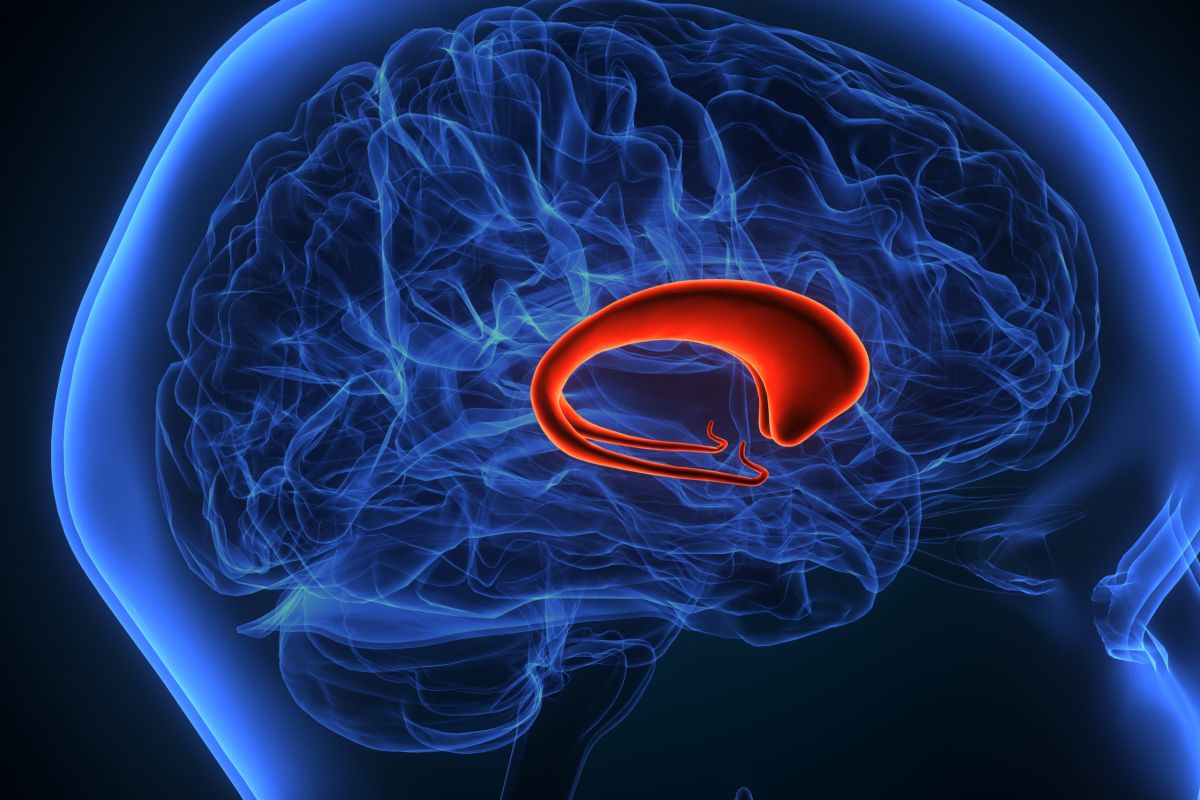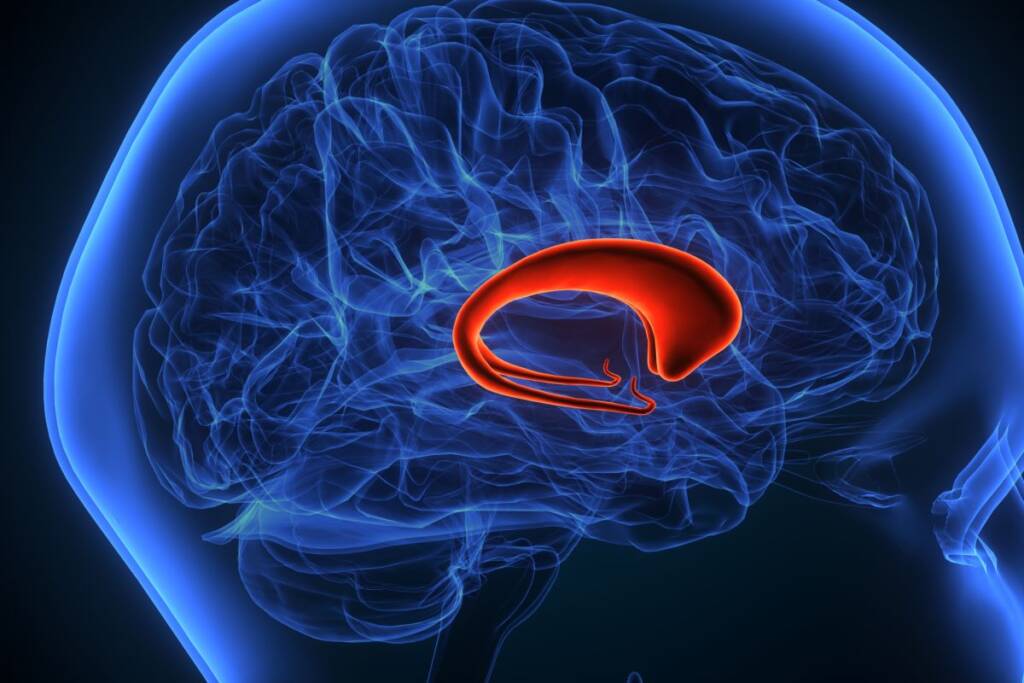Health
Corpus callosum: what it is and what its functions are

The corpus callosum is located under the cerebral cortex and in the center of the two hemispheres of the brain and serves to join them. Let's find out what function it has.
When we talk about the corpus callosum we mean that C-shaped area of the brain that is located between the two hemispheres. About 10 centimeters long, it is characterized by the presence of more than 200 million commissural fibers . Regarding the corpus callosum and its anatomy it can be said that it can be divided into four different areas which are called trunk, rostrum, knee and splenium of the corpus callosum. Even the fibers that characterize it can be divided into four different categories.
What is the function of the corpus callosum
This area of the brain is very important as its main function is to allow the exchange of information of various kinds between the two hemispheres of the brain. These include sensory, motor and cognitive information.

However, it is a part of the brain that forms quite early. For this reason, some individuals may be born without or with a reduced corpus callosum. When this happens we speak of agenesis of the corpus callosum . A term that indicates its partial or total absence.
When this happens it is referred to as a rather rare congenital anomaly. If it occurs on its own it does not have serious consequences but can cause muscle hypotonia, uncoordinated movements, reduced pain perception and problems with swallowing and chewing. Sometimes, however, it can occur together with other pathologies and in this case it can lead to neurological problems, mental and motor delays.
How and when the corpus callosum is formed
As already mentioned, anatomically speaking, the corpus callosum appears to be a fairly recent part of the brain. This occurs around the 12th week of pregnancy and always within the first three months of pregnancy.
From the moment of its formation, it proceeds with a slow but constant development and which also progresses years after birth. More precisely, its development can be observed up to 12 years of age. Moment from which its dimensions remain unchanged forever.
Riproduzione riservata © - WT











